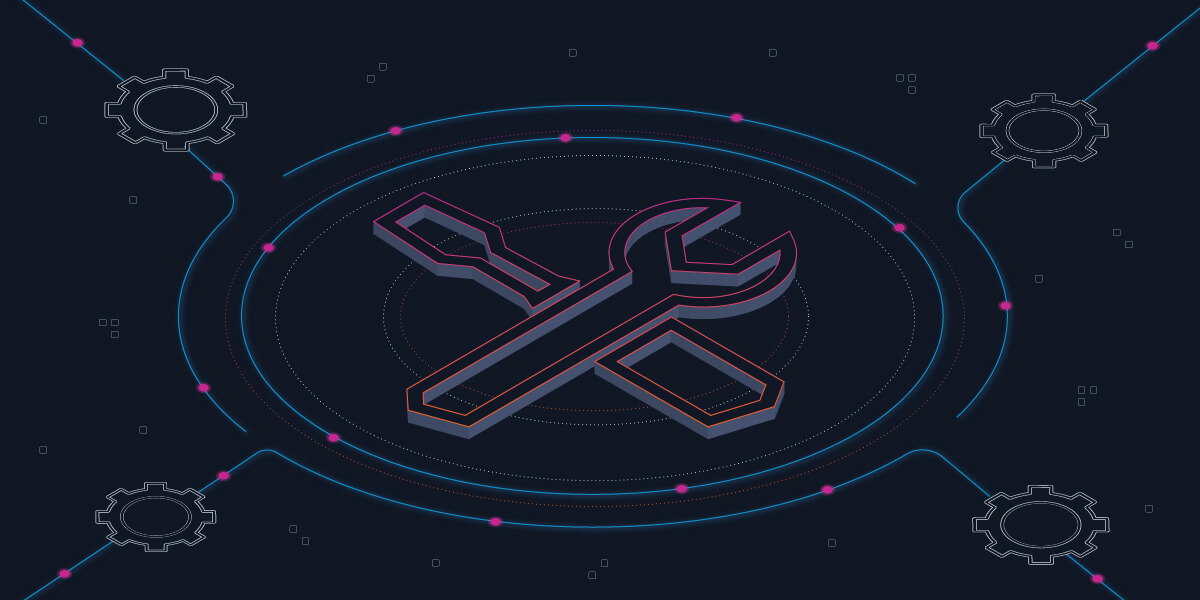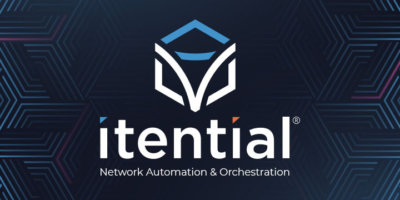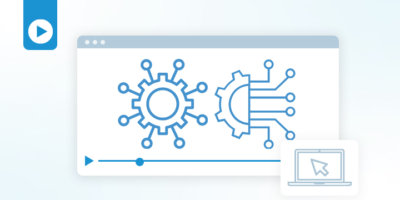As networks have evolved, so have the tools and systems to support and manage across domains. The amount of time and complexity it takes to create a new service or change an existing one is ever-increasing. Unfortunately, there is no one tool to rule them all as each tool is designed for different domains. In fact, the lack of a defined network management tool strategy perpetuates a siloed view toward tool acquisitions, critically undermining network automation initiatives for nearly 70% of enterprises, according to Gartner. As a result, automation is becoming increasingly necessary to leverage all of your tools and systems as well as provide the flexibility to switch out and replace tools.
Shifting from Locked-In to Flexible

Network teams have been stuck with a siloed approach to tools and management, which causes automation to happen in pockets, focused on tasks instead of full processes. Having one tool to rule them all enables the creation of unified automation, connecting all of their tools, allowing for the use of the right tool for the right job, regardless of domain or vendor. This can only be done by finding a flexible alternative instead of being stuck operating in a vacuum with point solutions. By being able to bring your own automation and leverage the right tool for the job, having the freedom to interchange tools as needed to have the best of breed instead of vendor lock-in.
The Importance of Integration Flexibility
Network automation processes, when designed properly, have a number of advantages over manual task execution, including the ability to dynamically query IT systems, execute large numbers of tasks in parallel and at a fraction of the time it would take a human engineer
For this to be effective, network automation platform’s needs the ability to connect with multiple functions, such as telemetry, topology, performance, inventory, and fault management. The fundamental challenge facing those responsible for designing the automation/orchestration architecture becomes – which functions should be native to the automation platform itself, and which functions are better served by another platform?
One key benefit of this approach is that each of the tools, which was designed for very specific functionality, can deliver more value to the organization by being utilized by a much broader audience across a higher number of use cases than prior to automation. Additionally, when a tool is replaced, the automation infrastructure can effectively adapt to expose the new features and capabilities of the tool without the need to train engineering or operations personnel.
Network Automation Solutions Should Embrace:
- Bring Your Own Automation – Your automation solution should meet you where you are by leveraging existing automation investments so that no more tools are required to reach your desired state.
- Build Your Own Integrations – Not every tool provides an out-of-the-box integration or API, teams need the ability to easily build integrations between their solutions.
- Federation of Data – Your automations are only as good as your data, so a solution must aggregate and harmonize the data to enable a global view, allowing teams to automate across more domains with better data visibility.
Itential’s Integrated Approach to Network Automation
At Itential, we are strong advocates for a “Right tool, Right Job” approach to network automation and orchestration. Itential’s Automation Platform was built to make it as easy as possible to integrate with as wide a variety of systems as possible – which gives automation designers the ability to incorporate both their existing systems and new systems into their automation use cases. By eliminating the “integration tax” that has usually been a concern in every technology implementation program, designers get unprecedented reach and flexibility for incorporating the “right tool” into their automation use cases with much less effort.
We’ve seen a number of innovative use cases emerge from the Itential community that intelligently leverage the “right tool, right job” approach. These include incorporating tools like Bitbucket or Git for version control, Jira for ticketing, Netbrain for network discovery, and NetBox for network inventory. Check out our full library of Pre-Built Integrations across the ecosystem here.
Our goal is to be an enabler of transformation by allowing users the freedom of selecting the best tool for each piece of their strategy.






